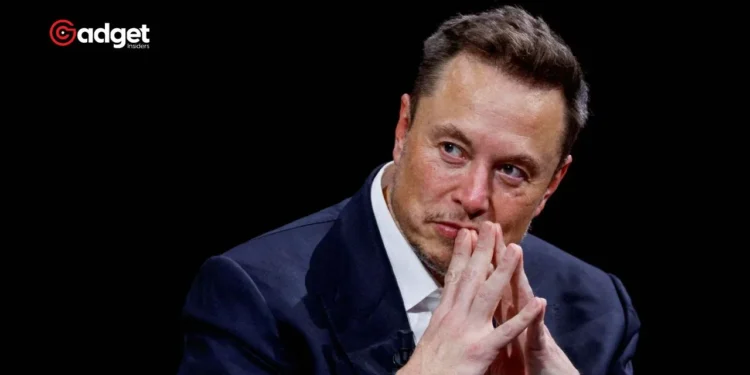In an age dominated by technological leaps, Elon Musk’s latest venture, xAI, is set to redefine the boundaries of artificial intelligence (AI) with the launch of a formidable supercomputer by 2025. This ambitious project, reported by The Information, aims to power the advanced iterations of xAI’s AI chatbot, Grok, marking a significant step forward in AI capabilities.
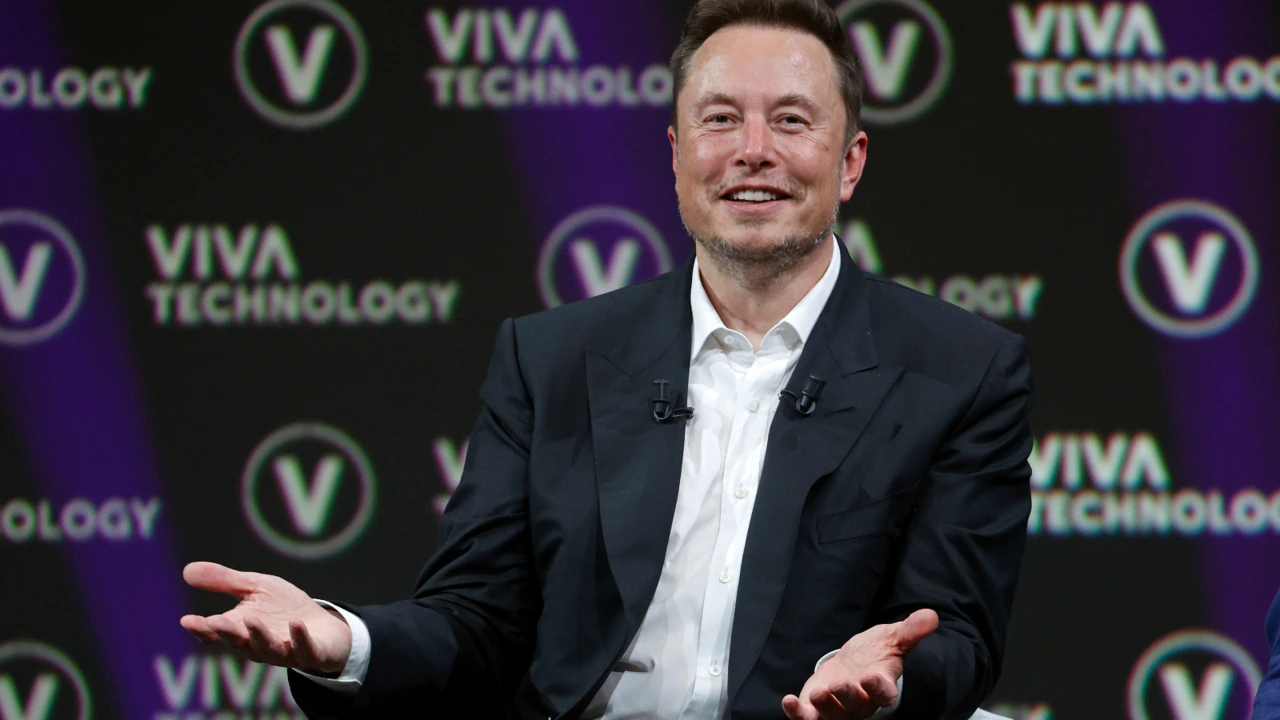
A Glimpse into the Future: Grok and Beyond
Named Grok, the AI developed by xAI has already made waves since its debut last November. With an impressive 314 billion parameters, it dwarfs OpenAI’s GPT-3, which consists of 175 billion parameters. This sheer scale of complexity promises unprecedented potential in AI interactions, positioning Grok at the forefront of the AI revolution.
Elon Musk has outlined the resource demands for this project, indicating the need for up to 100,000 specialized semiconductors. These components are essential for training and operating Grok’s next version, necessitating what Musk describes as a “gigafactory of compute” to accommodate the required hardware. The integration of Nvidia’s flagship H100 GPUs will enhance this setup, making it at least four times the size of today’s largest GPU clusters.
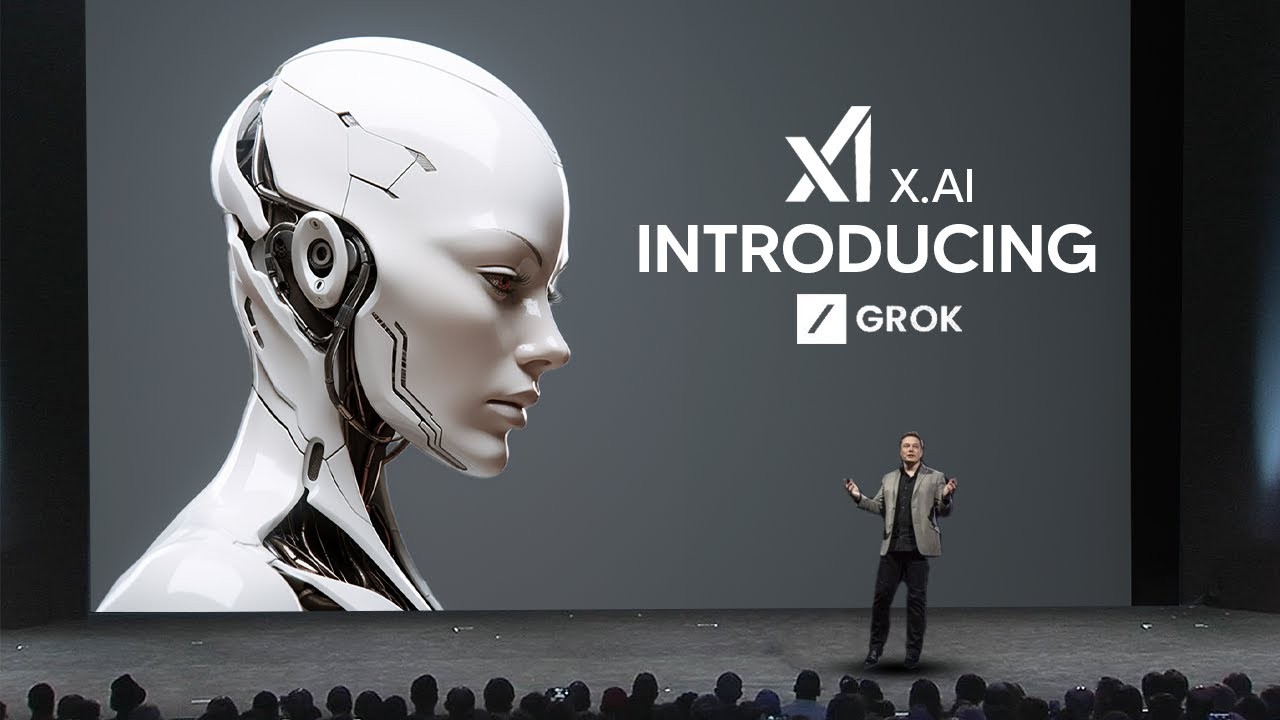
Strategic Alliances and Market Impact
The potential collaboration with Oracle highlights Elon Musk’s strategic approach to leveraging established tech giants’ prowess, enhancing the supercomputer’s capabilities. This move is part of a broader trend where Musk’s ventures, including Twitter/X, Tesla, and Starlink, synergize to innovate and push the technological envelope.
Moreover, the recent financial developments indicate strong investor confidence, with xAI nearing a $6 billion funding round that could elevate its valuation to $18 billion. This positions xAI to compete with leading AI entities like OpenAI, Anthropic, and Google, utilizing Elon Musk’s extensive network and resources across his companies.
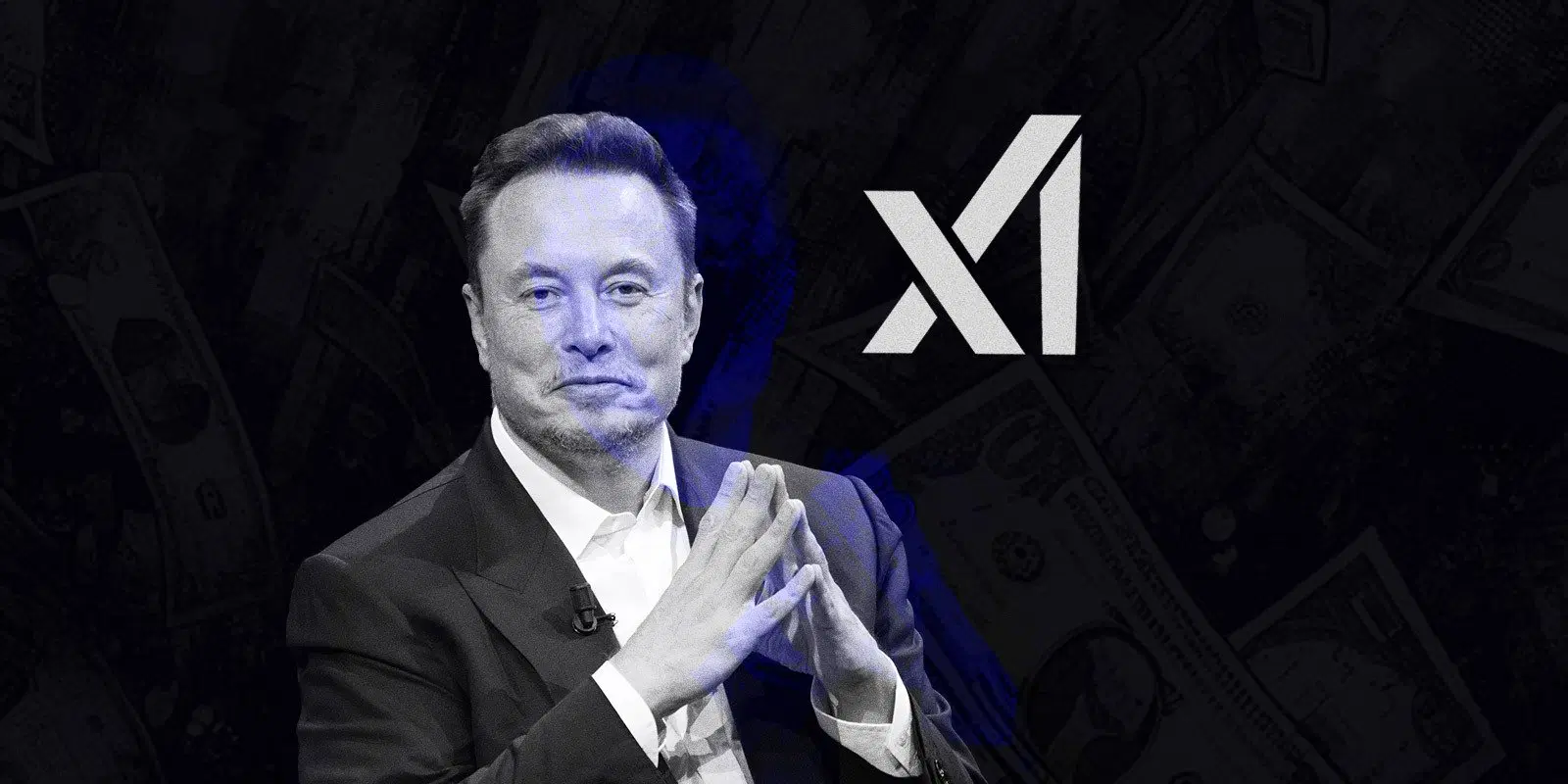
Democratizing AI: The Open-Sourcing of Grok
In a significant move towards democratizing technology, xAI announced the open-sourcing of Grok in March. This decision could catalyze widespread innovation and reduce the barriers to entry for leveraging advanced AI. Richard Gardner, CEO of Modulus, emphasized the potential benefits, noting that “open source models could lead to more competition and, potentially, lower costs for businesses looking to leverage AI in their operations.”
Gardner further elaborated on the advantages of open source AI, stating it promotes quicker innovation and greater transparency compared to proprietary models typically developed by major tech firms. “Open source supports free speech and reduces the potential for censorship by big tech,” Gardner added, highlighting its significance in fostering a more inclusive technological landscape.
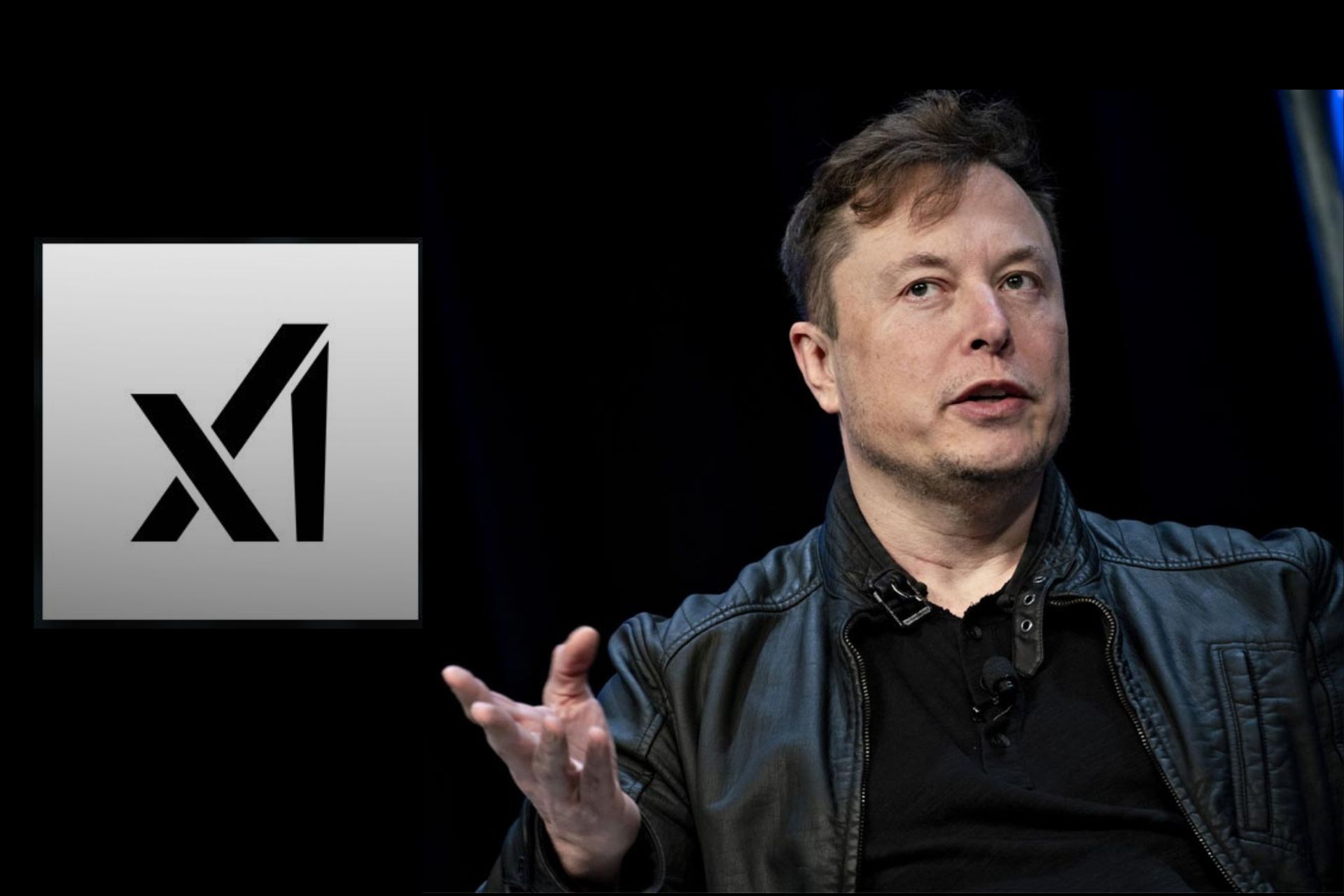
Looking Ahead: Elon Musk’s Broader Vision
The excitement around xAI’s supercomputer is just a part of Musk’s broader vision for his tech empire. Plans to transform X into a payments superapp by year’s end and the anticipated reveal of Tesla’s robotaxi in August underscore his relentless drive to innovate.
As we edge closer to 2025, the tech world watches with bated breath. The launch of xAI’s supercomputer may well be a pivotal moment, not just for Elon Musk’s portfolio but for the entire realm of artificial intelligence. In the words of industry experts and enthusiasts alike, we are on the brink of a new era in AI and technology, spearheaded by one of the most ambitious figures in the tech world today.

